Koya Dofu (Freeze Dried Tofu)
Koya Dofu (高野豆腐 in Japanese) is one of the traditional Japanese food ingredients. It is made from soy beans. Japanese people had not eaten meat until the country became westernized in the end of 1800s. Therefore, there are various soy based ingredients in Japan as very important plant-based protein sources.
Basically, it is used for Japanese traditional cuisines such as Nimono (simmered / steamed vegetables). However, it has been becoming popular in recent years among health-conscious people, because it is gluten-free and low in carb, but contains high percentage of protein.
I am 47 so I started to be aware of the importance of protein, so I often use it in my daily cuisine. Manufactures may have been realized the recent popularity, so they offer various types of Koya Dofu. Today I bought these three types:
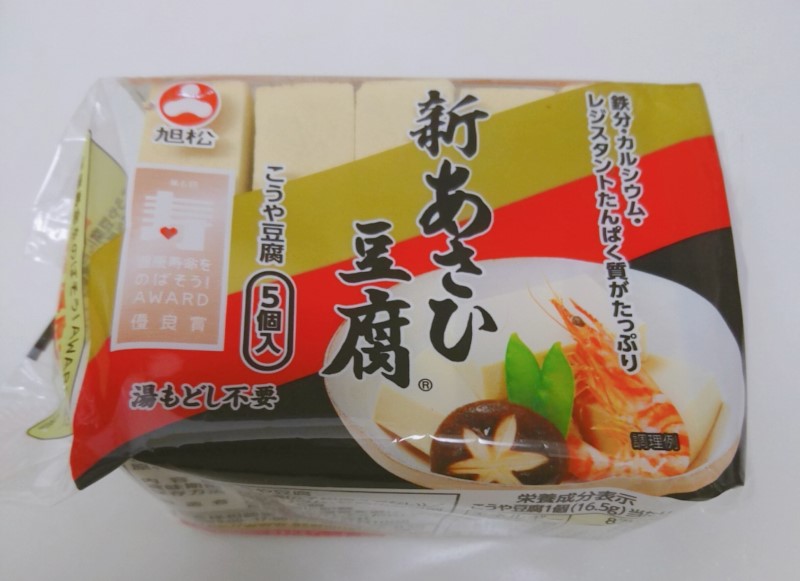
This square type is the most traditional one. Using this as a bread to make sandwiches or toast became popular a few years ago.
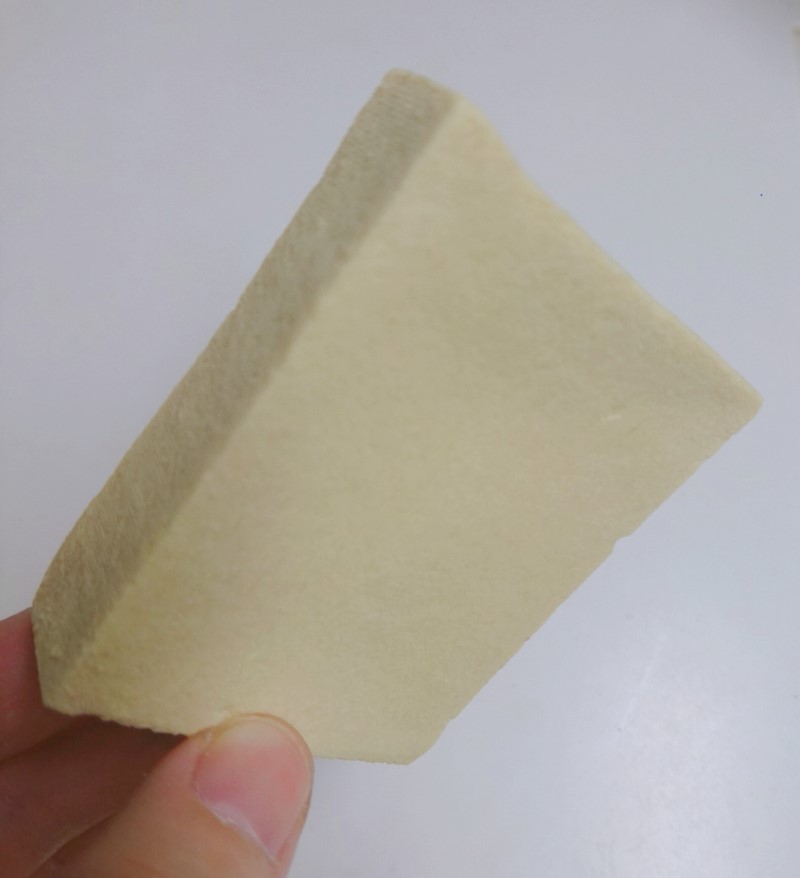
This looks like a hard sponge or cheese. Actually it doesn’t have any taste. It absorbs moisture, so it is often used in simmered vegetable dish by soaking it in dashi.
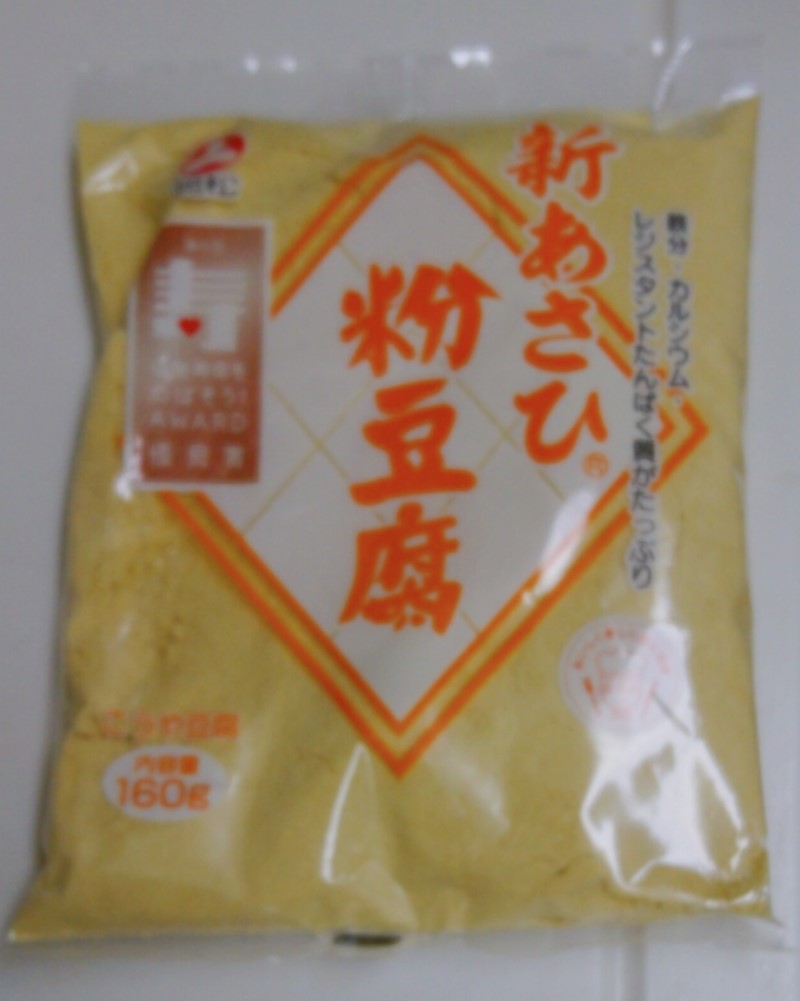
I use this powder type often because it can be used in anything, even in a dough of cake.
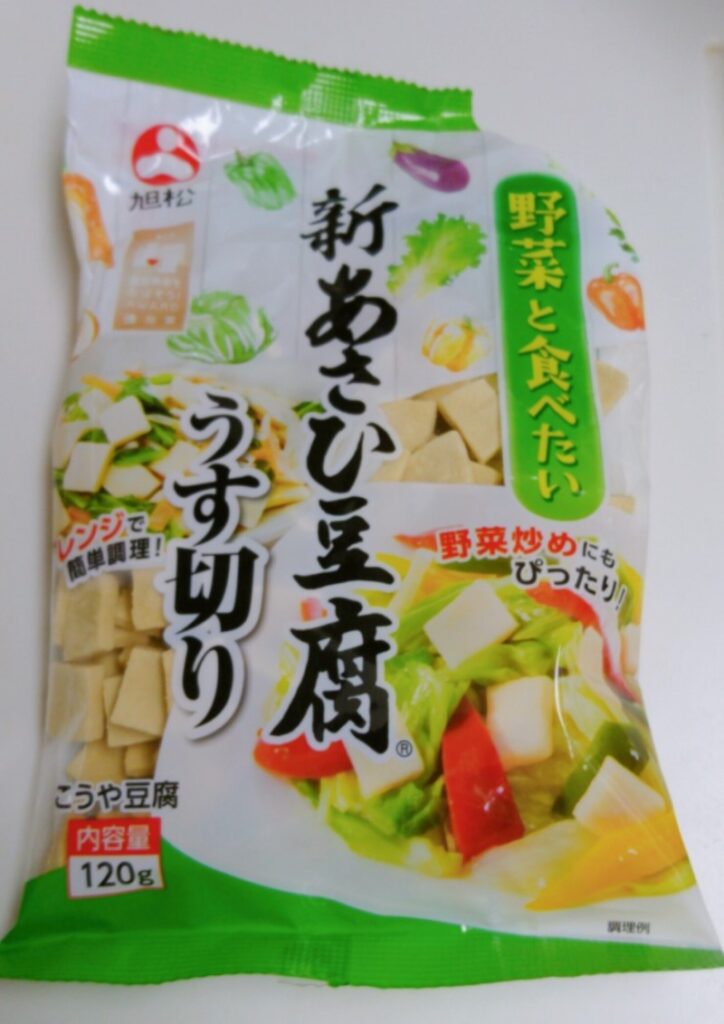
I also use this small square type often, because the size is so handy to use…in miso soup, salad or stir-fried vegetables.
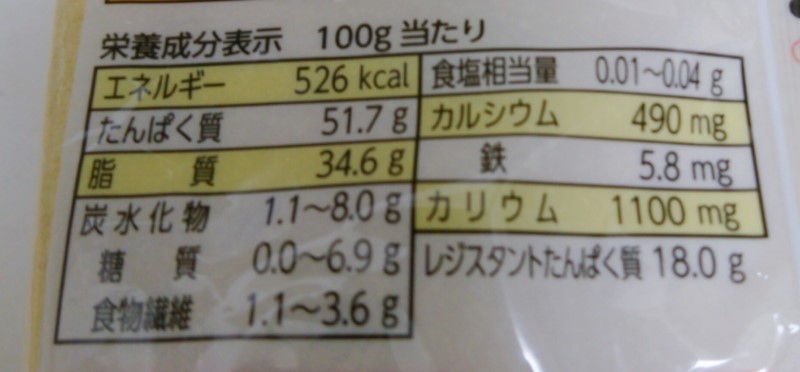
Nutrition Facts (Amounts per 100g):
Calories : 526kcal, Protein : 51.7g, Fat : 34.6g, Carbohydrates : Between 1.1g and 8.0g,
Sodium Chloride Equivalent : Between 0.01 and 0.04g, Calcium : 490mg, Iron : 5.8mg, Potassium : 1100mg,
Resistant protein : 18.0g
Sounds very nutritious, doesn’t it? The calorie and fat seem quite high, though…

Do you know what “Resistant protein” is? The packaging label explains “Resistant protein is a general term of protein which has a similar characteristic to dietary fiber contained in koya dofu”.
In any ways, you have to soak it in moisture because it is very dry. I usually add it directly in miso soup (either the small square type or powder type).
Today I added the small square type in miso soup. The right dish is fried rice, which was made by my husband. 😉
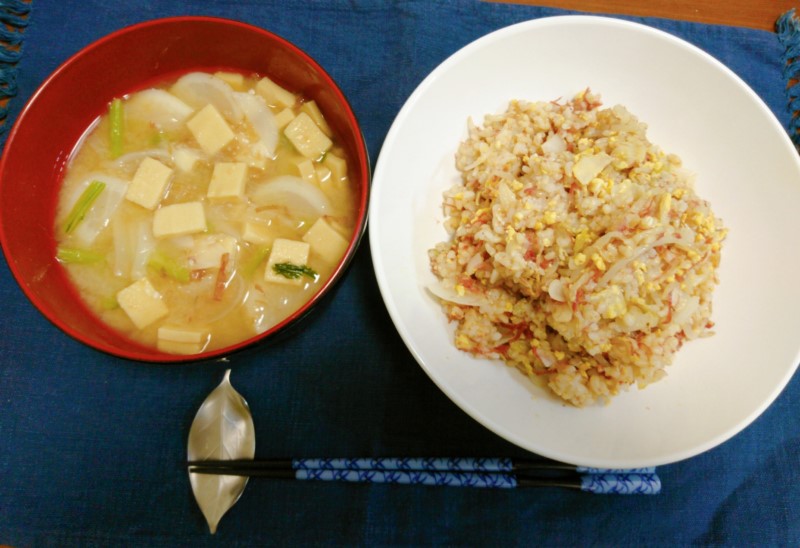
Compared to regular soft tofu, the shelf life before opening is longer (some months). So, we can keep it for a while (the package label says that it is recommended to be used soon after opening, though).
It doesn’t have any taste, so it is very versatile. You can add it in whatever you like. If you find it in your local Japanese grocery store, it may be interesting to try it as one of the alternatives of your regular protein source!


